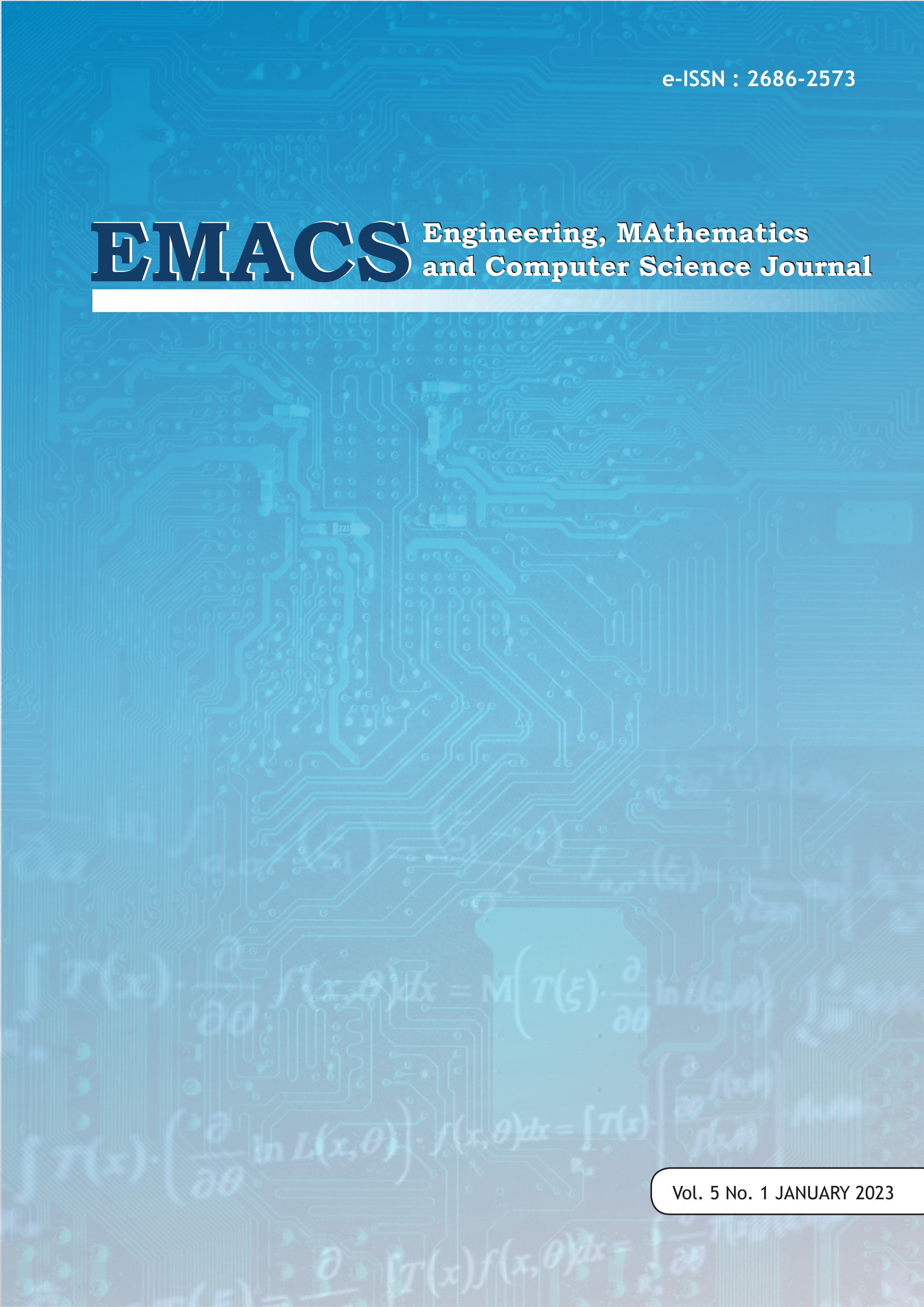Perkembangan Model Data Temporal serta Implementasinya pada Database Management Systems
DOI:
https://doi.org/10.21512/emacsjournal.v5i1.9392Keywords:
Relationship Data Model, Temporal Relationship Data Model, Historical Relationship Data Model, IBM DB2, TeradataAbstract
This essay examines how temporal data models are created and how they are integrated into database management systems. The well-known Relational Data Model’s extension, the Temporal Relational Data Model, is discussed. The application of this temporal data model in database management systems is also researched. The Historical Relational Data Model adds timestamps to attributes, and the Temporal Relational Model adds timestamps to tuples. These two approaches make up the temporal data model. It has become apparent via the implementation of this temporal data model that not all temporal data ideas are applicable to database management systems. IBM DB2 has explicitly integrated the idea of time stamps, but not the idea of PERIOD data type. While Teradata has implemented the PERIOD data type, but has not yet implemented the concept of explicit timestamps.
References
Navathe, S.B. & Ahmed, R. (1989). A Temporal Relation Model and A Query Language, Information Science, 49(2): 147-175.
Clifford, J. & Croker, A. (1987). The Historical Relational Data Model and Algebra Based on Lifespans in Proceedings of the Third International Conference on Data Engineering, 528-537.
Petkovic, D. (2016). Temporal Data in Relational Database Systems: A Comparison. World Conference on Information Systems and Technologies.
Downloads
Published
How to Cite
Issue
Section
License
Copyright (c) 2023 Engineering, MAthematics and Computer Science (EMACS) Journal

This work is licensed under a Creative Commons Attribution-ShareAlike 4.0 International License.
Authors who publish with this journal agree to the following terms:
- Authors retain copyright and grant the journal right of first publication with the work simultaneously licensed under a Creative Commons Attribution License - Share Alike that allows others to share the work with an acknowledgment of the work's authorship and initial publication in this journal.
- Authors are able to enter into separate, additional contractual arrangements for the non-exclusive distribution of the journal's published version of the work (e.g., post it to an institutional repository or publish it in a book), with an acknowledgment of its initial publication in this journal.
- Authors are permitted and encouraged to post their work online (e.g., in institutional repositories or on their website) prior to and during the submission process, as it can lead to productive exchanges, as well as earlier and greater citation of published work.
USER RIGHTS
All articles published Open Access will be immediately and permanently free for everyone to read and download. We are continuously working with our author communities to select the best choice of license options, currently being defined for this journal as follows: Creative Commons Attribution-Share Alike (CC BY-SA)





